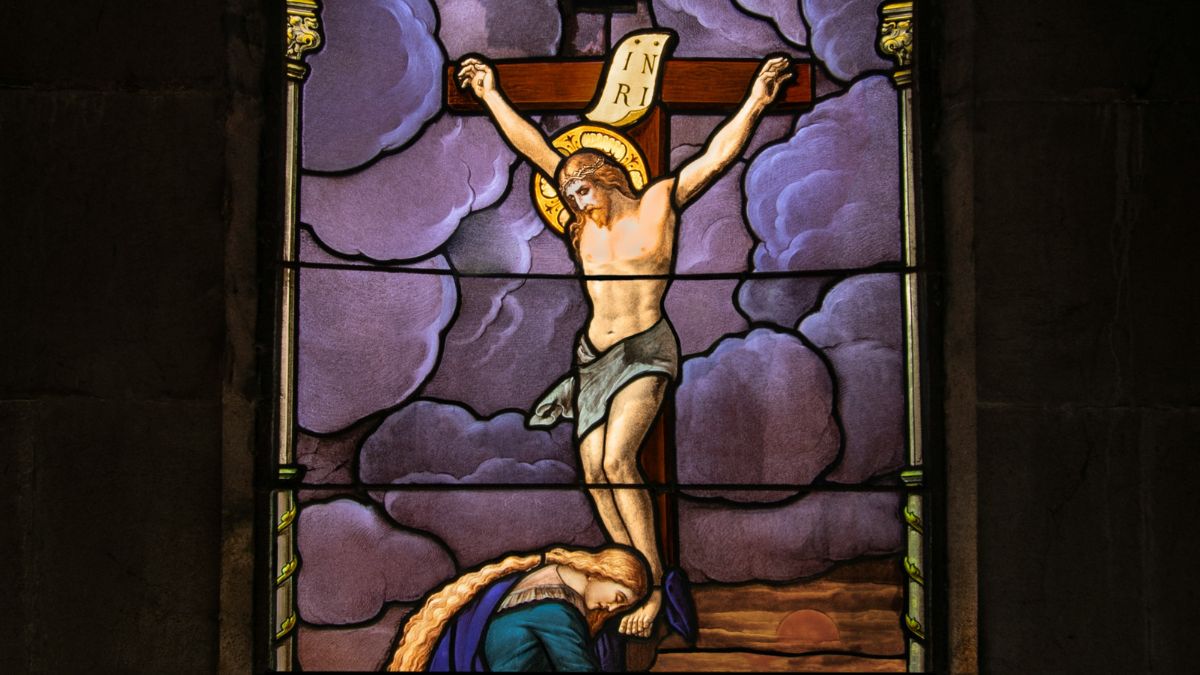


This article originally ran at The Stream. Reprinted with permission.
So far in July, the U. S. State Department issued warnings to Americans traveling to Laos, Venezuela, South Sudan, Mali, Iraq and Bangladesh. We expect that the State Department would do this sort of thing to keep American citizens safe.
What we don’t expect is other countries issuing warnings about travel to the United States. Yet in light of the shootings of African Americans by police and the resulting protests and attacks on police, Bahrain, the Bahamas and the United Arab Emirates did exactly that. Be careful, they’re telling their citizens, avoid large crowds, “exercise extreme caution in . . . interactions with the police.” America is a dangerous place.
What’s the matter with us? John Stonestreet said it well in a recent BreakPoint broadcast: “These horrible events are not creating unrest; rather they are revealing it. Our society is weak in its middle — at the ‘social glue’ level of local communities and civil society.”
Many think we need a way to turn back the clock to better days.
Several years ago I attended a meeting billed as the strategy session for the new improved Christian political agenda, but at the end of the day the vision for the future was nostalgia for the past. Return to the 1950s (whatever that even means), but without the racism. They wanted to return to an era that no one in the room was old enough to remember accurately.
Millennia ago, a wise man observed, “Do not say, ‘Why were the old days better than these?’ For it is not wise to ask such questions” (Ecclesiastes 7:10). Today Yuval Levin’s new book “Fractured Republic: Renewing America’s Social Contract in the Age of Individualism,” begins by critiquing our simplistic and unrealistic nostalgia about the 1950s.
Both Left and Right, he says, assume that our current troubles are an aberration from the glorious norm of postwar America. Those on the Left “are especially nostalgic for the economic and political order of the era.” Big government, big unions and big, cooperative corporations all contributed to a growing middle class. Those on the Right are nostalgic for what appeared to be a healthy culture with traditional morality driven by high levels of church attendance.
Then he bursts both bubbles: “In reality . . . postwar America was a nation in flux, and it was never the stable model of our imagination that could be made permanent if only we could implement the right policies.” Our economic strength rested on being the only nation to emerge from the war with an intact industrial base. Everyone else’s lay in ruins. And while people did go to church and conform, the fifties brought us Playboy (1953), the Kinsey Reports (1948 and 1953), salacious best sellers such as “Peyton Place” (1956) and the moral chaos of the Sixties. The Fifties, rather than being a Golden Age to emulate, was an accident waiting to happen.
Besides, we can’t go back. The Great Depression and World War II were the necessary preconditions for the tightly controlled economy and stifling conformity of the 1950s, neither of which we would tolerate today. We have no choice but to move forward, and Levin goes on to try to make sense of our current political, cultural, and economic problems given our most significant characteristic: expressive individualism.
So many of our problems present themselves as political and we naturally assume the right policies will solve them, that politics holds the answers. After all, we reason, I personally can’t do anything, so it must be Washington’s job.
We couldn’t be more wrong and perhaps it’s a good thing that this presidential cycle, no one in his or her right mind could possibly think the Kingdom of God will arrive on Air Force One.
The problem as analyzed by Levin and alluded to by Stonestreet is not political. It’s the hollowing out of the middle layers of society. We’ve whittled things back to the binary combination of the individual and the government. In the process we’ve lost our greatest problem-solving assets. We’ve lost what have been called mediating institutions including family, neighborhood, community and fraternal and religious groups. Empowering this middle layer between the individual and the government are, Levin argues, what we most need today.
Our individualistic society is, Levin writes, “fracturing in ways “that make the local and particular more significant.” Whether the problems have to do with racism, crime, delinquency, education, poverty or you name it, the solutions will not come as a result of one-size-fits-all dictates from a centralized bureaucracy, but from “drawing people back into the middle layers, and doing so in a twenty-first century way: by offering choices and options there.” “This,” Levin adds, “is what it would mean to move forward from our troubles and unease, rather than yearning in vain to go back.”
The catch of course is that mediating institutions, that are by nature small, local and particular, put the responsibility for problem solving and positive change on each of us. Rather than expect “big brother” to do it, we need to step up and do our part in our homes, churches, neighborhoods and communities. That is, we need to be the salt and light Jesus called us to be in the first place.
Image courtesy of criminalatt at FreeDigitalPhotos.net.
Jim Tonkowich is a freelance writer, speaker, and commentator on spirituality, religion, and public life who has contributed to a wide variety of opinion websites and publications. Jim is former editor of BreakPoint, and writer of BreakPoint’s WorldView Bible column.
Have a Follow-up Question?
Want to dig deeper?
If you want to challenge yourself as many others have done, sign up below.














